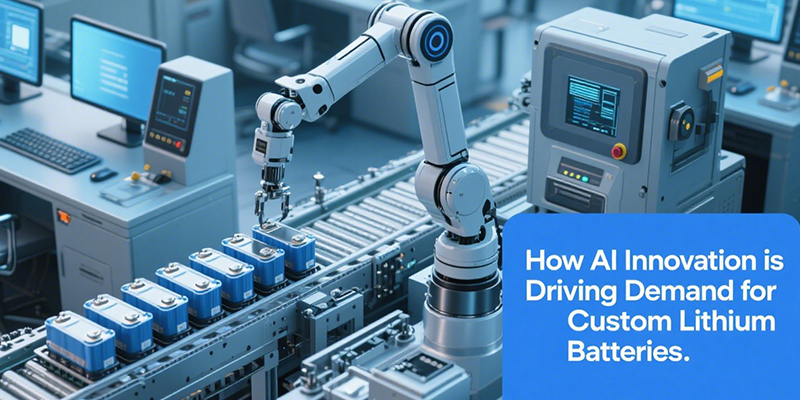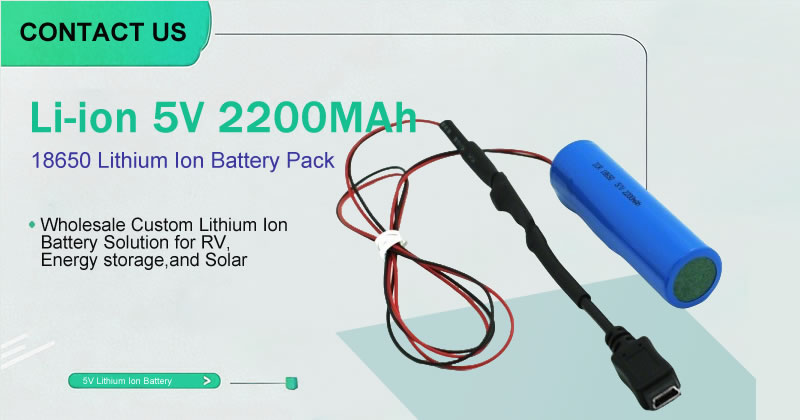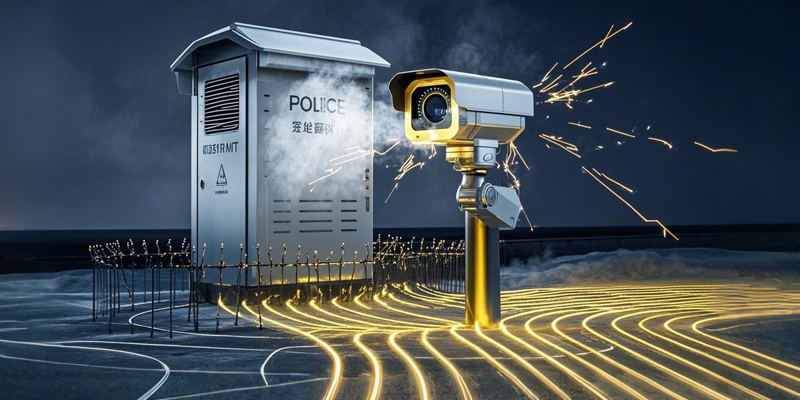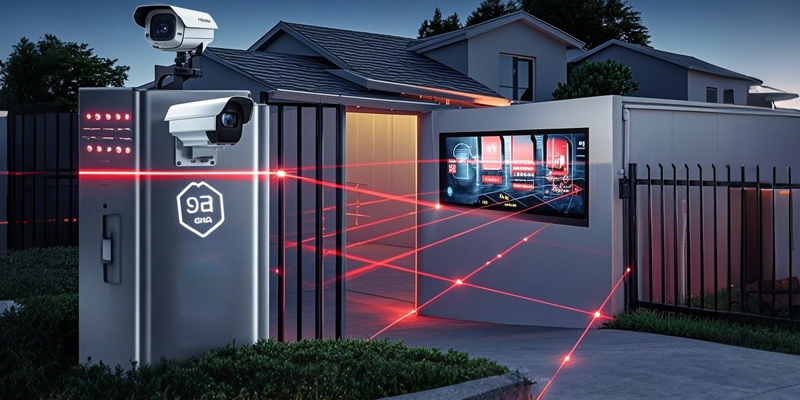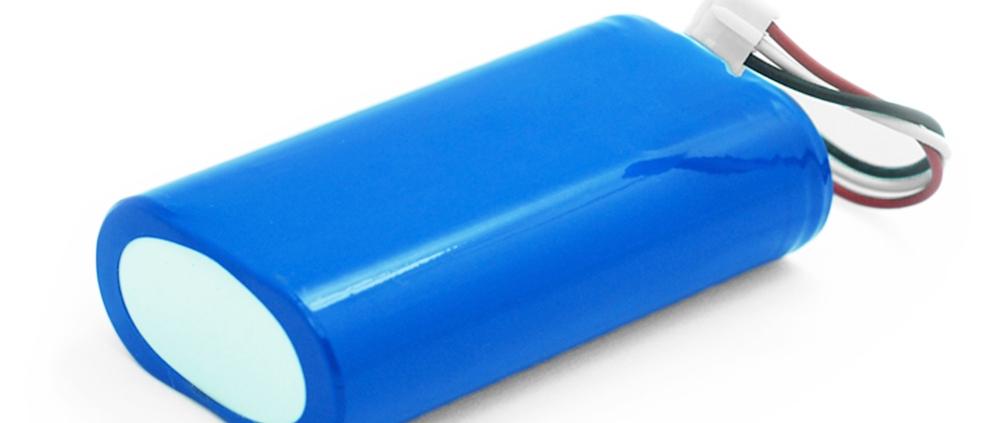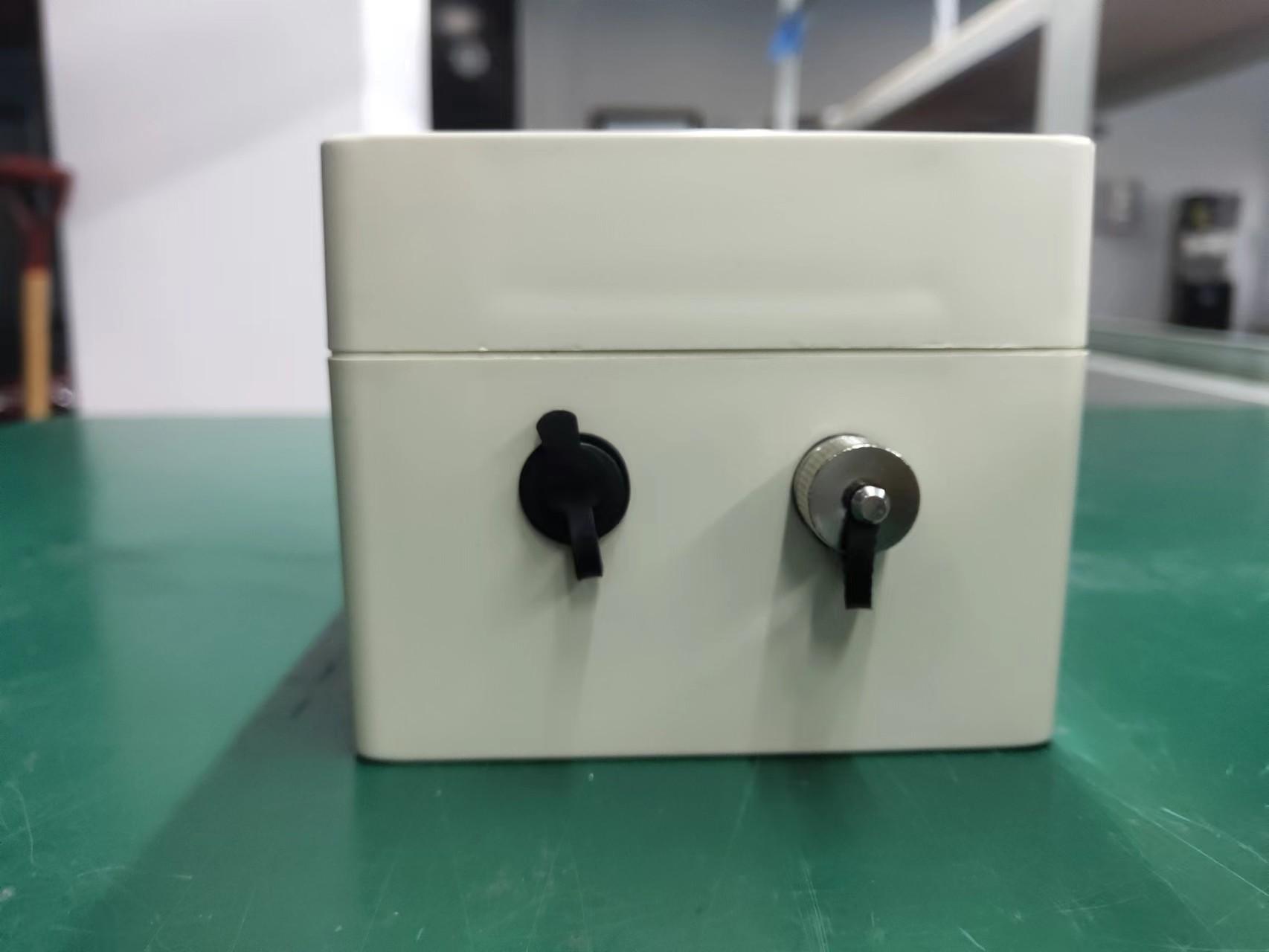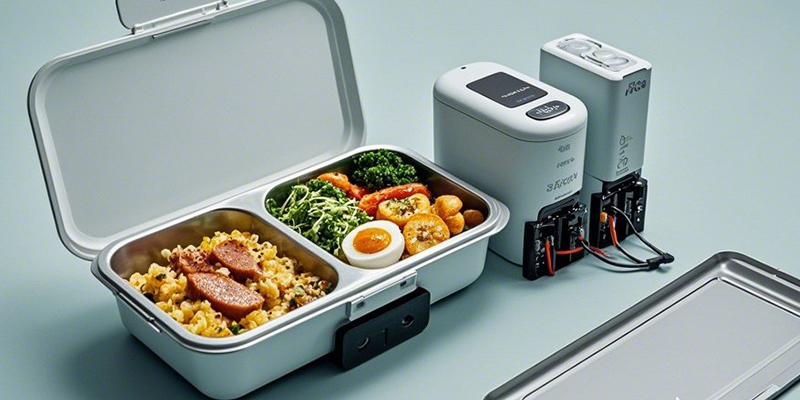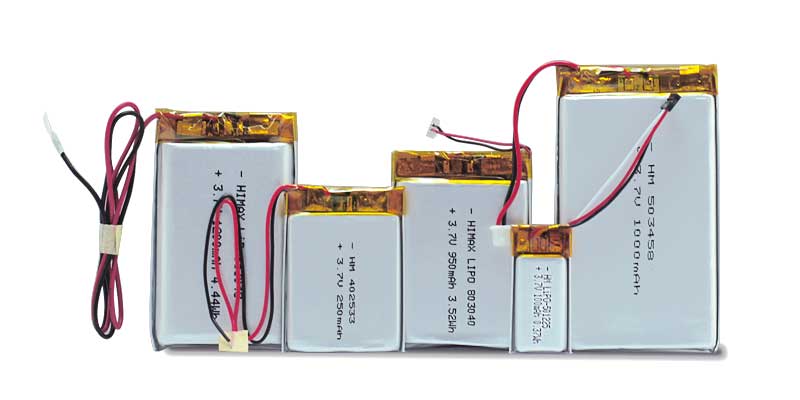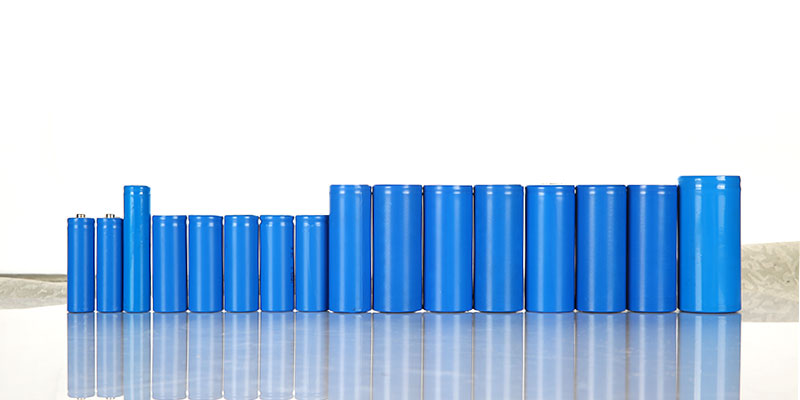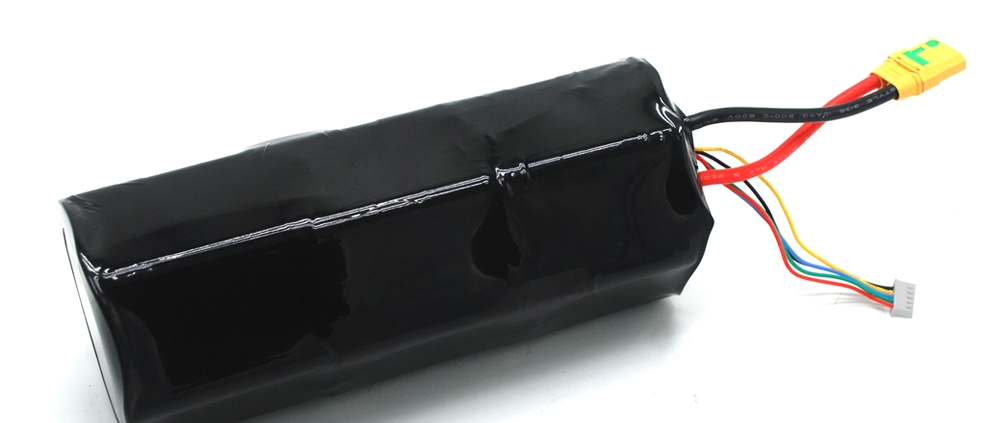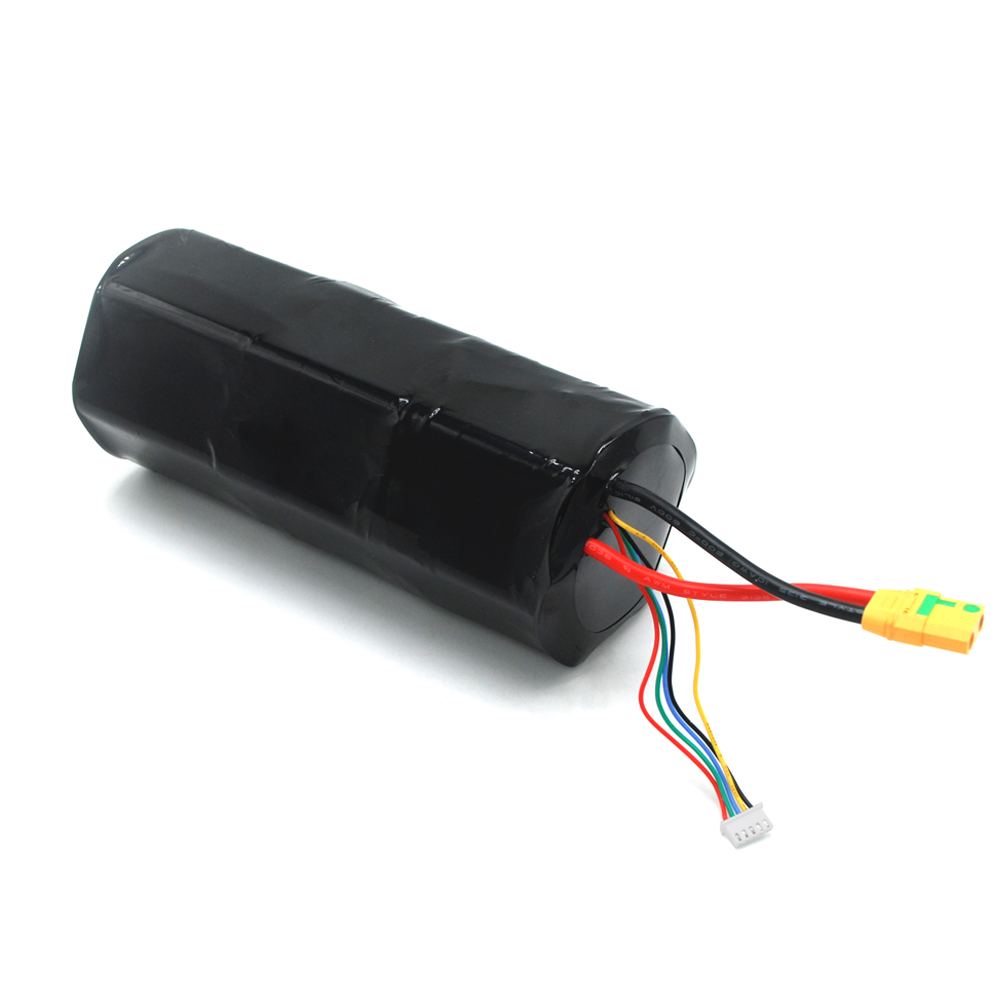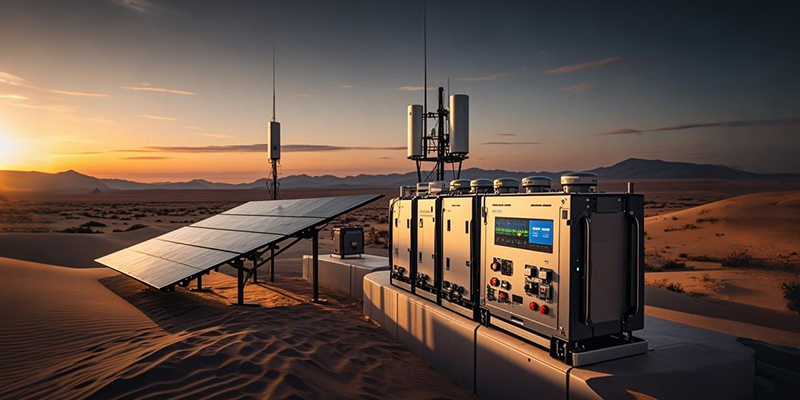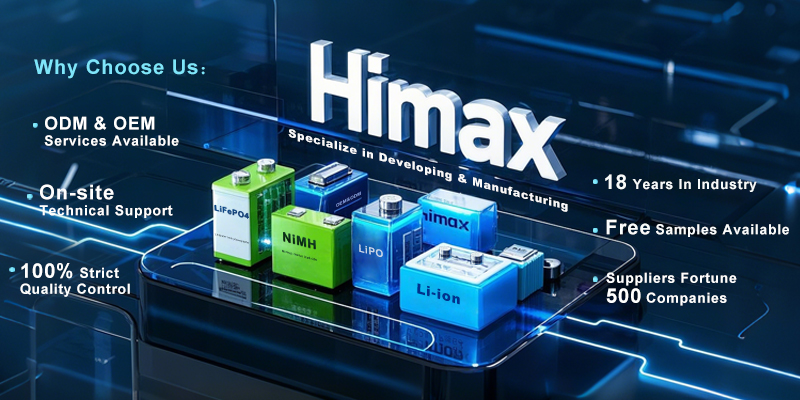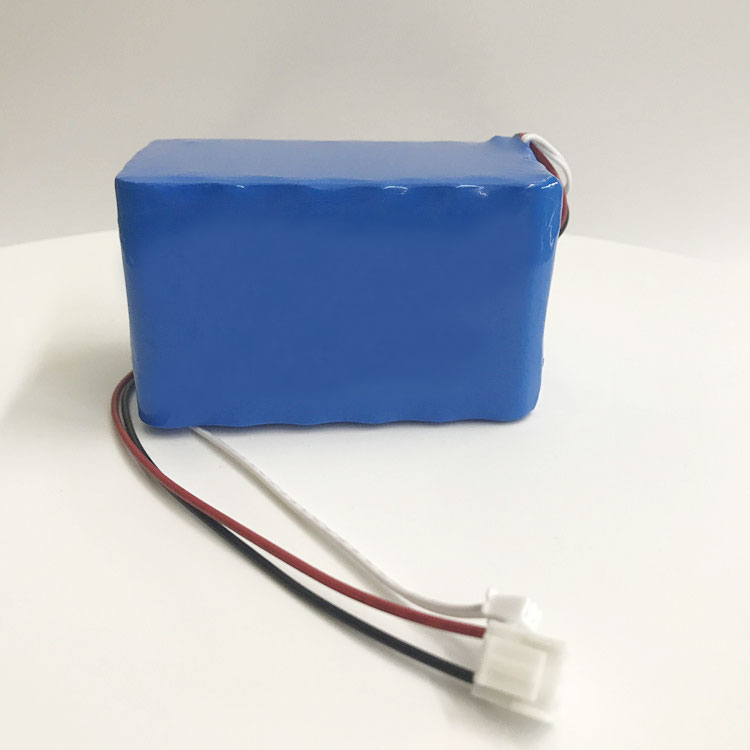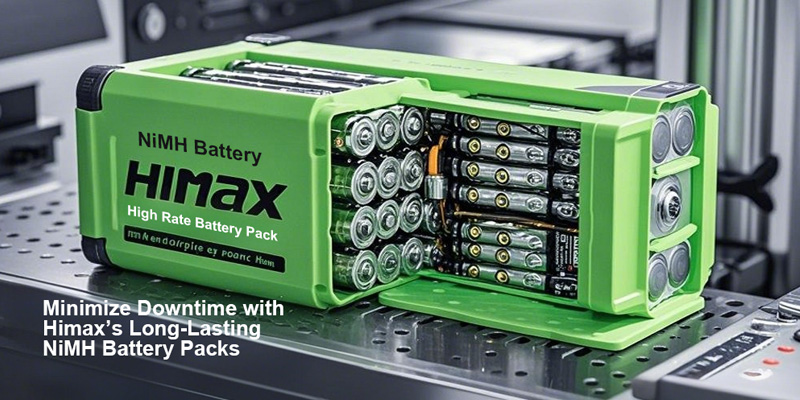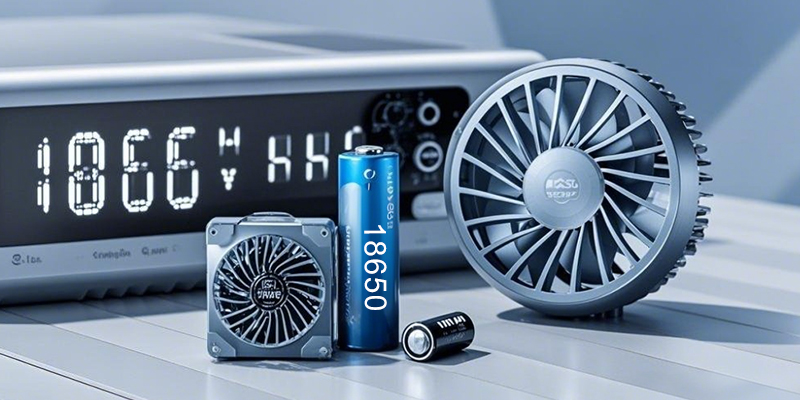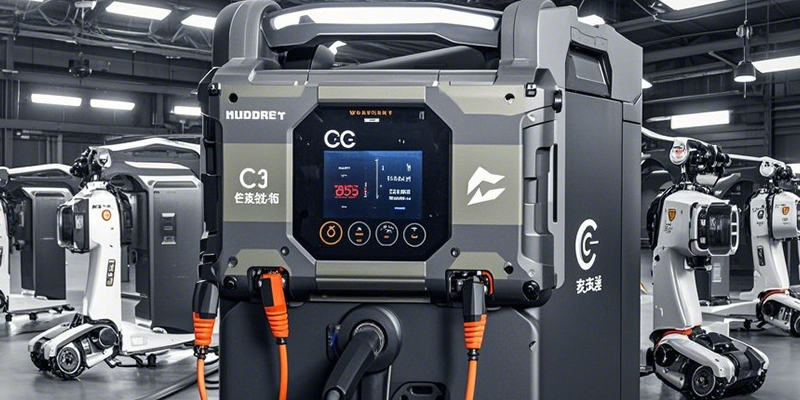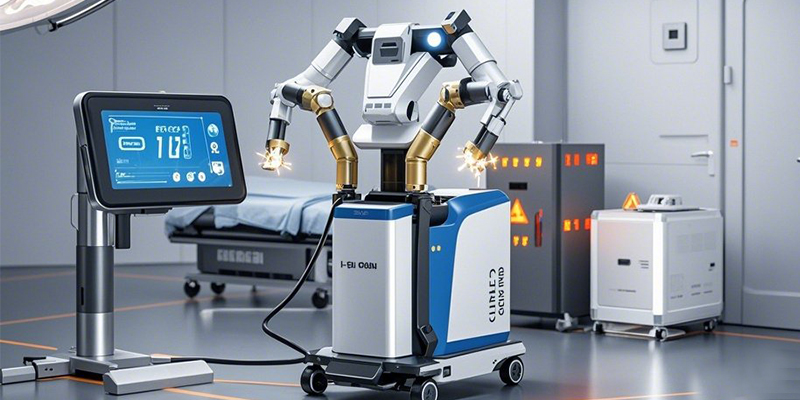This article explores how AI innovation is transforming the lithium battery landscape, uncovers the technical forces behind it, and discusses what these trends mean for the future. Let’s dive into the fascinating intersection of AI and lithium battery technology.
How AI Enhances Lithium Battery Design
AI is revolutionizing lithium battery design, breaking away from traditional trial-and-error approaches that are both time-consuming and costly. By leveraging powerful computational tools and data analytics, AI brings new momentum to battery innovation.
Machine learning algorithms can process vast datasets and evaluate millions of material combinations to identify the most efficient battery configurations. For example, in early 2023, Microsoft collaborated with the Pacific Northwest National Laboratory (PNNL) to use AI to sift through 32 million material possibilities. Within just 80 hours, the system identified a new lithium battery material that reduces lithium usage by 70%, significantly improving sustainability and lowering production costs. What once took months or even years can now be done in a matter of days, massively boosting research and development efficiency.
Beyond materials discovery, AI can also simulate and predict battery performance under various conditions. It can model how a battery will behave under different temperatures, charge rates, and usage scenarios—identifying safety risks like overheating or short circuits before they happen. This allows engineers to design safer, more efficient custom lithium batteries tailored to specific applications. Whether it’s a high-energy-density battery for electric vehicles or an ultra-lightweight version for smart devices, AI delivers precise solutions that elevate the entire industry.
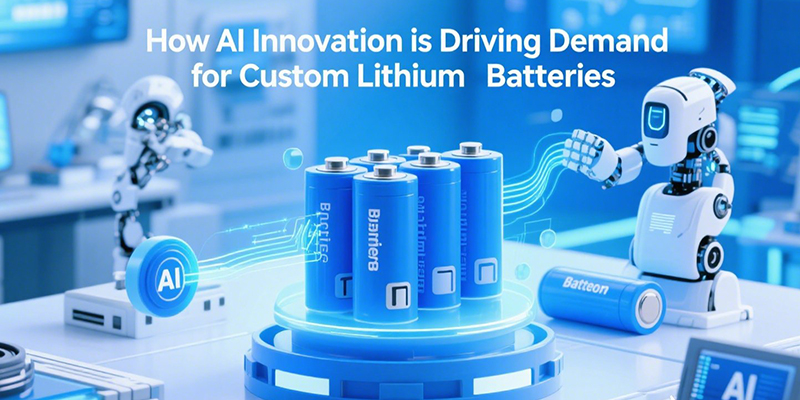
Why AI is Fueling the Rise in Custom Lithium Battery Demand
The introduction of AI has not only accelerated lithium battery design but has also sparked a sharp increase in demand for custom battery solutions. As smart technology and clean energy solutions gain traction, industries are requiring more tailored, flexible power sources—something AI is uniquely positioned to deliver.
Take the electric vehicle (EV) market as a prime example. There’s growing demand for batteries that offer higher energy density and faster charging. AI helps engineers optimize electrolytes and electrode structures, resulting in batteries that perform better and charge faster. Tesla, for instance, partnered with AI specialists to refine the performance of its 4680 battery cells. Through machine learning, they managed to cut charging time by 20% and boost driving range by 15%. This level of customization doesn’t just enhance the user experience—it also accelerates overall market growth. According to McKinsey, the global lithium battery market is expected to surpass $400 billion by 2030, with custom battery solutions taking a significant share—especially in EVs, renewable energy storage, and smart electronics.
Beyond EVs, AI is enabling custom battery applications across various sectors. In renewable energy storage, AI-powered energy management systems can optimize charging and discharging strategies, extend battery life, and customize output based on grid requirements. In consumer electronics—like drones and wearables—AI designs thinner, longer-lasting batteries that meet strict size and performance demands. The adaptability of AI empowers lithium batteries to meet a wider range of needs, making customized solutions not only possible but essential.
Real-World Applications and Future Trends of AI-Driven Battery Innovation
AI-driven breakthroughs in the lithium battery sector are already yielding impressive results. A standout case came from Stanford University in 2022, where researchers used AI to develop a fast-charging protocol. What normally would’ve taken two years was accomplished in just one month. By analyzing real-time voltage and temperature data during charging, AI helped the team create a new charging algorithm that could recharge 80% of a battery in just 15 minutes—without the risk of overheating. This improvement not only boosts performance but makes charging significantly more convenient for EV users.
Another noteworthy case is the use of AI in the development of solid-state batteries, often regarded as the next frontier in battery technology. Solid-state batteries promise superior safety and energy density but face major challenges around material compatibility and production cost. AI is helping overcome these hurdles. IBM, for example, used AI to discover a new type of solid-state electrolyte by simulating molecular structures and chemical interactions. This advancement significantly improved battery stability and brought solid-state batteries closer to commercial viability—paving the way for their widespread use in EVs and renewable energy systems.
Looking ahead, AI will continue pushing the battery industry toward greater efficiency and sustainability. Digital twin technology will allow engineers to build virtual models of batteries, predicting performance degradation and lifespan in real-time, giving users actionable maintenance recommendations. Deep learning will also optimize battery recycling processes. Google’s DeepMind team, for instance, created an AI algorithm that analyzes used batteries, improving separation and recovery of rare metals like lithium and cobalt by 30%. These innovations will not only support a greener battery supply chain but also power the global transition to clean energy.
Partner with HIMAX for High-Performance Custom Lithium Batteries
If you’re in the market for high-performance custom lithium batteries, HIMAX Electronics is your trusted partner. As a specialized online brand focused on lithium battery R&D and sales, HIMAX is committed to delivering safe, efficient, and tailored battery solutions that serve a variety of applications—from electric vehicles to smart electronics. Our advanced manufacturing techniques and technology ensure every battery meets high standards of performance and longevity. Whether you need a high-energy-density battery for your EV or a compact, durable power source for a smart device, HIMAX offers custom solutions built to meet your specific requirements.

